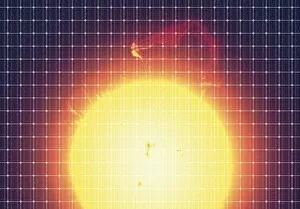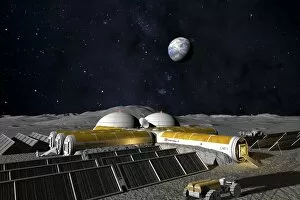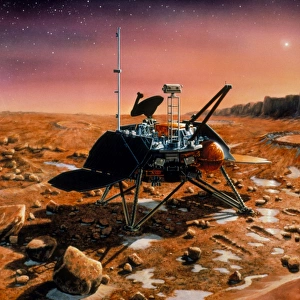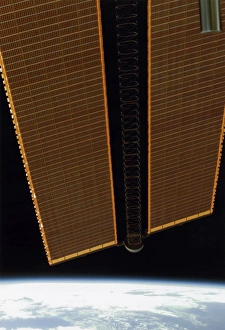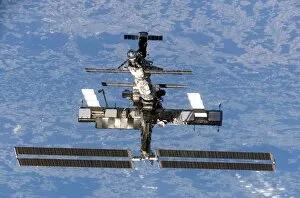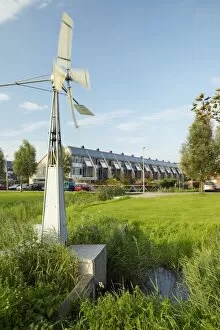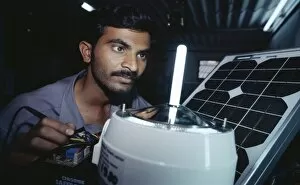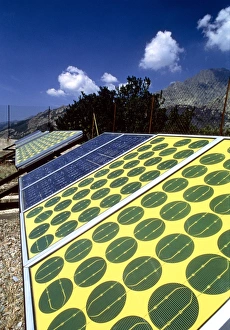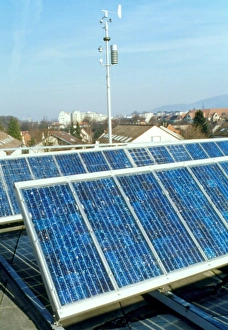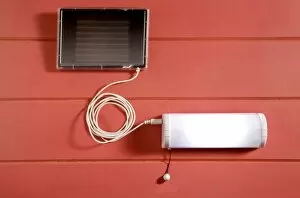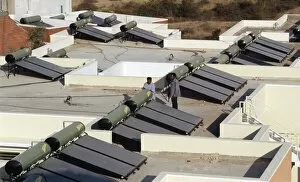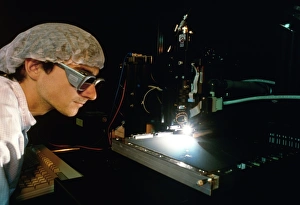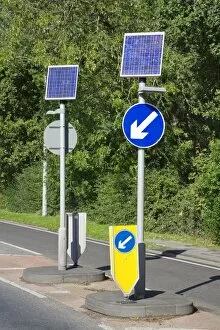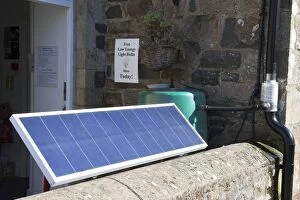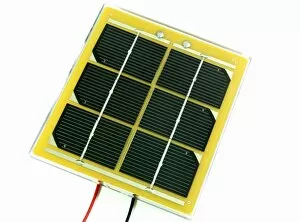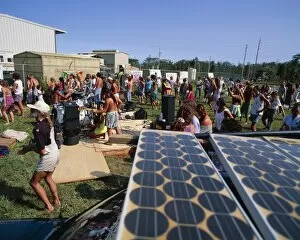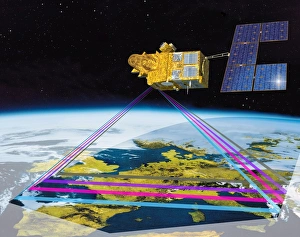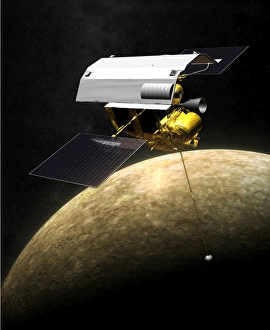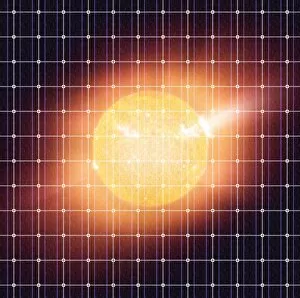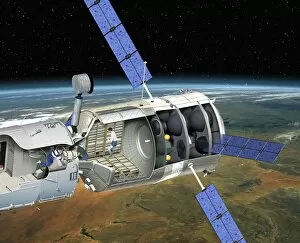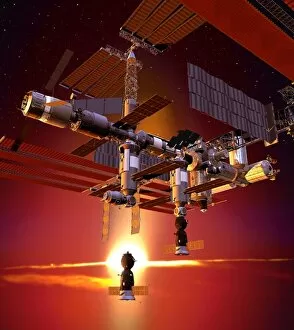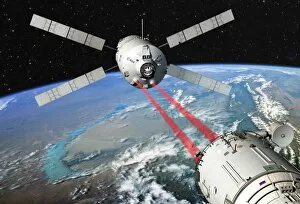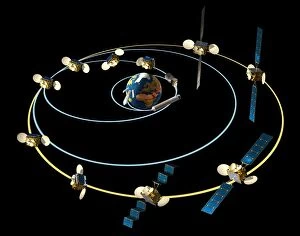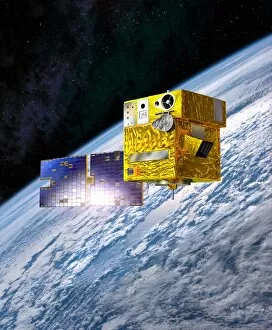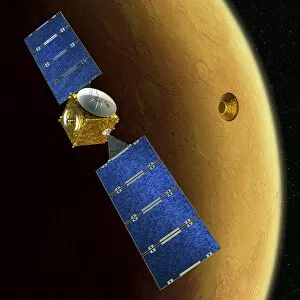Solar Panel Collection (page 5)
Solar panels: Harnessing the power of the sun for a brighter future
All Professionally Made to Order for Quick Shipping
Solar panels: Harnessing the power of the sun for a brighter future. From powering space missions to illuminating remote resorts, solar panels have revolutionized energy production worldwide. In 2008, the International Space Station embraced solar technology, paving the way for sustainable exploration beyond Earth's boundaries. Even Mars Exploration Rovers rely on these efficient panels to navigate and conduct groundbreaking research on our neighboring planet. Back on Earth, Delta mission to the ISS showcased stunning artwork depicting these celestial powerhouses in action. Not limited to outer space, solar panels find their place in various corners of our planet. A model of the Russian Molniya-1 satellite showcases how this renewable energy source has become an integral part of modern-day communication systems. Down under in Australia's Flinders Ranges stands a colossal solar power plant - covering an area equivalent to five tennis courts - supplying clean energy worth $2. 5 million to Wilpena Pound Resort. From deserts like Algeria's Sahara Desert to traditional houses dotted across North Africa they can transforming lives by providing electricity where it was once scarce or non-existent. The Centre for Alternative Technology in Machynlleth Wales proudly boasts photovoltaic panels adorning its roof, demonstrating that sustainability can be seamlessly integrated into everyday life. Whether it is capturing sunlight above Earth with Hubble Space Telescope or supporting astronauts aboard Russian Salyut series space stations, solar panel technology continues to shine brightly as we strive towards a greener tomorrow.

